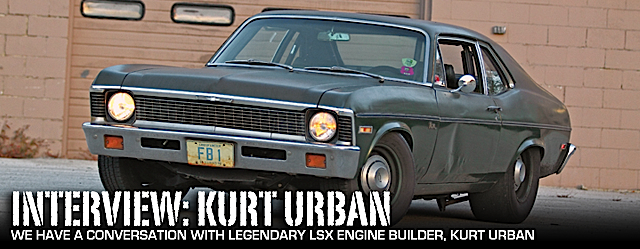Those who have been in the LS game long enough should be quite familiar with the name Kurt Urban. If you aren’t, then let us bring you up to speed. He’s the former director of operations of Wheel to Wheel Powertrain, a shop that was on the front lines of the LS explosion during the late-90s/early 2000s.
Several years ago, if you were driving one of the fastest cars in the country, it’s a very good chance that you had a Wheel to Wheel-built powerplant under your hood. However, after Wheel to Wheel closed its doors in 2008, Urban decided to go off on his own to start Kurt Urban Performance. Still specializing LS-series engines, and helping build some of the sickest LSx-powered cars in the world, Urban knows his way around an LS engine probably better than anyone else in the industry.
I’ve been building engines since the late ’70s, but not as a business. I still had a normal day job back in those early days. -Kurt Urban
Recently, he finally had the opportunity to make time in his busy schedule to sit down and talk with us about how he got started, his experiences, his current activities, and what his plans are for the future. We also asked him about where he thinks the LS scene is headed and what the future holds for the Gen-V LT1. For someone who has built some of the sickest engine creations over the last 30 years or so, he was surprisingly soft-spoken, and one of the most laid back guys in the industry.
LSXMag: First, we would like to thank you for taking the time to sit down and talk to us. So tell us, how did you first got involved with engine building and the LSX scene?
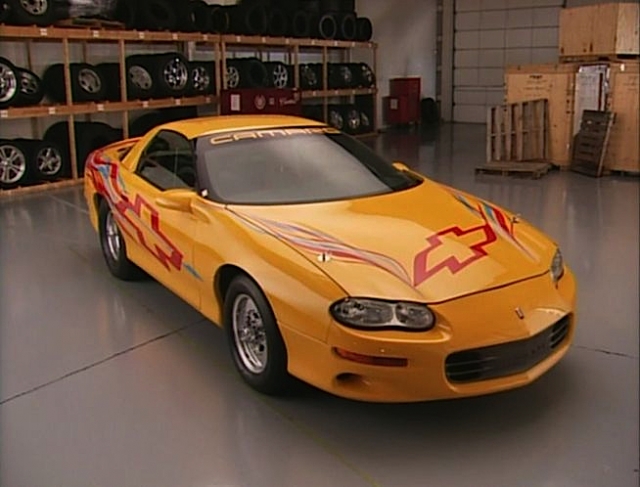
One of the first cars that Urban built for GM was this ’98 Camaro, featuring a 402-inch naturally aspirated stroker that went into the low-10’s. It’s still around – auctioned off a few years ago, it resides in a private collection today.
Kurt Urban: “I’ve been building engines since the late ’70s, but not as a business. I still had a normal day job back in those early days. It wasn’t until the mid-90s where I started building engines professionally for other people.
But one day in 1997, engineers from GM stopped into Wheel to Wheel Powertrain, which I shared a building with at the time, and were looking for someone to build them an engine for their Corvette race car. It was the first year for the LS1 and the C5, so they really wanted to make a competitive introduction into the road racing scene at that time.
I remember the very first LS1 car we put on the dyno – it made 360 flywheel horsepower with just headers. We eventually got those engines up to around 500 horsepower and obviously, we’ve progressed ever since. Before they ever raced, they were at about 460 horsepower. Then they went out and beat everyone at their first race.”
“A year later, John Moss approached me to build him an engine for the new 1998 Camaro – also with LS power of course. You might remember it. The car was a yellow drag car with red trim on it. It was the first naturally-aspirated LS to go into the 9’s. It was probably the first one to go into the 10’s too I believe, back in January, 1998. Then within that year it ran in the 9’s.
It had a fully-forged crankshaft in it with a small bore and stroke. We had to make a camshaft for it out of billet, since the engine was too new, and there was literally no aftermarket for it at the time.”
[That Camaro] was the first naturally-aspirated LS to go into the 9s. It was probably the first one to go into the 10s too I believe, back in January, ’98.
LSXMag: So you eventually landed a position as Director of Operations with Wheel to Wheel Powertrain. How did that happen?
KU: “I started working for them in 1998, shortly after the first few projects I had done with General Motors, and stayed with them until their closing in 2008. Wheel to Wheel actually had two buildings. We were in the west side of Detroit, but Wheel to Wheel’s main building was in the east side of Detroit, which was closer to Ford’s proving grounds. But they didn’t have anyone doing machine work at their west side facility, and they needed somebody, so I ended up going to work for them. I really liked working there; we built a lot of cool stuff. It was a good time.
Towards the end, most of the builds we were doing were for GM concepts and race cars, and we were keeping really busy. But then GM got into the financial mess that of course everyone now knows about, and when they went bust, then so did Wheel to Wheel Powertrain. It’s amazing how many people that the auto industry actually affected. All of the car companies had to cut back their staff about 50%, so that’s how it goes sometimes. When they closed, I moved south and opened up my own business. I love the weather down here [in North Carolina], but in between then and now, I closed up shop and now work for someone else.”
Urban has built over 400 engines in his lifetime, and a very large fraction of those have been LS motors. Naturally aspirated, small cube, large cube, supercharged, turbocharged - it doesn't matter. He's done them all.
LSXMag: How many engines do you think you built in your life – if you could ballpark it?
KU: “Oh gosh, I don’t know – probably four hundred or so. I’ve had years where I only built twenty the entire year. It varies, and it also depends on how many engines I have sent to me, and if I can even have parts for them. That’s one of the downfalls of these engines, they’re so popular, that it can be difficult to get parts for them. Some of these engines I’ll have in my shop for three or four months, so playing the waiting game on parts can have its effect too. I might have five engines in my possession at any one time, but it takes a lot of time to complete each one. Like I’ve said earlier, even though the engine has been around over fifteen years now, it’s hard to get parts for them, at least in a short amount of time. I do what I can on my part to quell that issue.“
LSXMag: What seems to be the most popular combination you build?
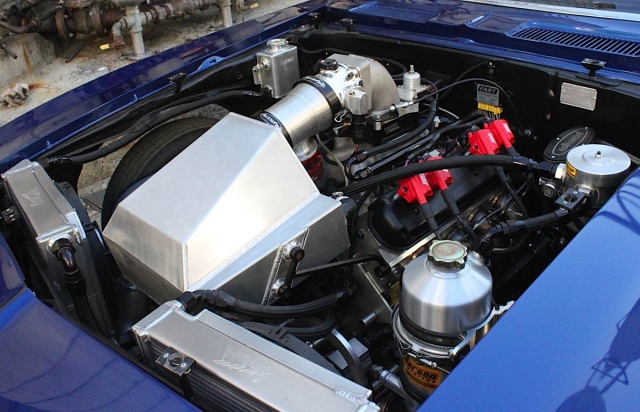
Urban has built engines like the blown 412 CI LSX found in Eric Gustafson’s ’69 Camaro. It has gone as quick as 5.27 at 142.5 MPH in the 1/8 mile.
KU: “Boost. As well as these engines run without it, it’s become too easy to make big power with a blower or turbocharger. You know, there was a time where to run 11s, you needed a big block with a very aggressive camshaft and a huge blower.
With an LS motor, running into the 10s with a camshaft upgrade, a high stall converter, and some slicks have become commonplace. Add some nitrous, and you’re running high 9s. It’s amazing when you think about how technologically advanced GM has made the pushrod engine, and continues to compete with the best DOHC engines from all over the world.
Ford has done an excellent job with their offerings, but they’re physically larger and heavier then GM’s LS-Series. Chrysler has taken the pushrod design into the 21st century with their late-model HEMI engines as well, although the aftermarket hasn’t been as strong there as it has with the LS-series. Tunability has been a contributing factor with those engines also.“
LSXMag: What are some of your favorite features of the LS-Series engines?
KU: “Basically, the whole engine is an excellent design – aluminum block, the valvetrain, high-flowing heads – GM really created a remarkable pushrod engine with the original LS1 back in 1997, and they continue to develop the pushrod design today, which I really like. It’s a really nice engine. It’s a really impressive engine in stock form, and it’s a very good pushrod motor.”
LSXMag: What is the split between your business between doing high end builds, and tamer street or street/strip engines – what aspect of the business pays the bills?
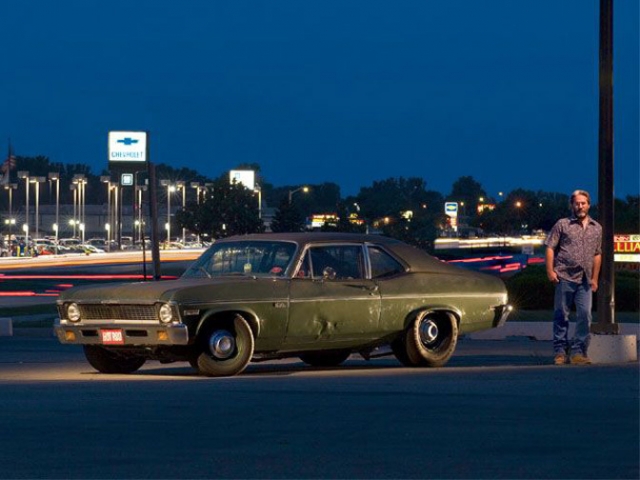
Urban poses with his formerly owned, but currently famous (or infamous?) twin-boosted sleeper Nova that’s been featured everywhere from our website, to countless other magazines, online blogs, and even a TV show or two. Image: Hot Rod Magazine
KU: “Gosh that’s hard to say, really. I would rather build the high horsepower stuff since it takes about the same amount of time. I recently built a race engine for a guy in Ohio by the name of Mark Carlyle – you might have heard of him. He’s currently the record holder for having the fastest IRS Corvette in the quarter mile. It’s also one of the fastest LS-powered cars out there, if not the fastest at the moment. I think his best pass to date is either a 6.80 or 6.70 at 220 MPH.
It’s turbocharged and makes well over 1,500 horsepower. There was a lot of work to be done, and for an engine to be built to that level, I typically charge $200 an hour, just to have a profit. But I actually work for someone else now, so it’s easier for me to put all of the numbers down on paper. It actually takes me 100 hours to do one of those special engines, especially an engine that takes special parts to help it produce that kind of power. I’d like to do a 2,000 HP crate engine at some point, but the thought behind it would be that most of the components would be off-the-shelf or based on an off-the-shelf part, that way in case you need a component from me, I could get it out to you quickly.
There’s also the misconception that you can buy a junkyard 5.3-liter, strap a cheap turbo onto it, and make 1,000 horsepower. It can be done, but it won’t last for too long.
Take for instance your BlownZ project car; you guys regularly race it in the 275 Drag Radial series category. If you were to ever break something and needed a part, you would be waiting awhile until it finally arrived. The LS-series has been around for sixteen years now, but if you were to call someone right now needing a crankshaft, chances are they would tell you that they don’t have one. That’s why I always do my best to keep them in stock, just to be safe.”
LSXMag: What are some of the common mistakes you see when customers bring you engines that were previously “built?”
KU: “A lot of mismatched parts. Typically, I’m used to seeing enthusiasts and racers bring me engines that they or someone had previously built, but everything was done on a budget. They see parts on sale or at a bargain at an aftermarket supplier, or land a decent deal on used parts from some forum, but then they piece it all together and expect excellent results. It rarely happens.
There’s also the misconception that you can buy a junkyard 5.3-liter, strap a cheap turbo onto it, and make 1,000 horsepower. It can be done, but it won’t last for too long. Eventually they’ll end up with a big pile of rubble on the ground. But then you have them thinking they’re doing a really good job building an engine if they put stronger rod bolts, and a new set of head gaskets in it. But the level of components that the engine will require to hold together is more significant than that.”
From the online video channel Drive came the recent video of Urban's former Nova sleeper car. With beater patina, and a 1,200 HP twin-boosted LS under the hood, it well represents Kurt's hot rod style and engineering capabilities.
“The first engine in my truck went 107,000 miles and put out 900 horsepower. It went 11.40 at 120 MPH. I put a water pump on it, and regular maintenance items and a few driveline mods. It held up well, but [eventually] broke an exhaust lifter. But I built another engine for it that has even more mileage on it now, and I drive it every day. It’s all in how you build them and the tune. Again, it can be done on the cheap, but don’t expect any real long-term life out of it.
You see guys put these boosted engines on a dyno, and making real quick, 1,000 horsepower bursts out of them, and then they shut them down – only because they know that the engine can’t stay in the powerband for very long because they don’t want to risk blowing it up. I love hearing about those engines, but I have no interest in building one.”
LSXMag: Where do you think the future LS engine building will go?
KU: “They’ll continue to be popular with enthusiasts the world over. They’ve made plenty of them, and pretty much all of the mysteries to the engine have been discovered. At one time, hot rodders weren’t too big on things like electronic fuel injection, mass air flow sensors and the like. Personally, I’d like to start building more high horsepower crate engines. It’s number four on my list of things I want to do.”
LSXMag: What do you think of the Gen-V LT1? Do you think tuners and engine builders will embrace the LT1 like they have the LS Series?
KU: “That depends. The only way that will happen is if GM actually puts the LT1 engine [platform] in other vehicles. If it’s limited to just the Corvette, then probably not. The aftermarket won’t make too much for it, since the demand wouldn’t be there. But if they share it with the future Camaro, Chevy SS, CTS-V, and full-size truck line, then yes, I can see it eventually taking off.
Will it replace the LS-Series in terms of demand like you see with engine swaps? Probably not. With as cheap as you can pick up a Gen-III or Gen-IV today, it’s not going to be feasible for a lot of people.”
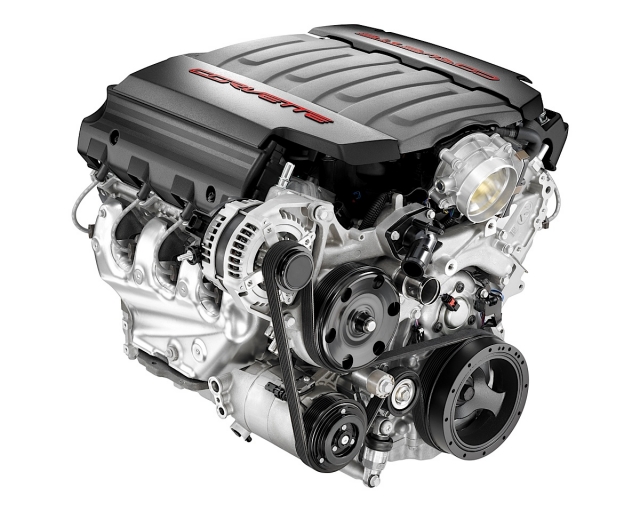
Urban tells us that the LT1 will generate a huge aftermarket support system and enthusiast following – but only if The General utilizes it in other cars other than just the C7. You’ll see gearheads swapping these into ’69 Camaros too, he said.
LSXMag: What, if any, complications do you see with tuning or building the Gen-V LT1?
KU: “I think that with the direct injection, you’ll have a lot of enthusiasts take a step back. The LT1 looks to be a fantastic engine, basically taking everything GM has learned from the LS-Series, and have taken things to the next level. But again, the direct injection will have an effect on the demand. At the moment, nobody makes [aftermarket] fuel injectors for the direct injection engines, so it’ll be hard to build a high horsepower or boosted engine – at least for a while.
At the moment, nobody makes [aftermarket] fuel injectors for the direct injection engines, so it’ll be hard to build a high horsepower or boosted engine – at least for a while.
As far as cracking the ECU is concerned, it make take a little while until it happens, but that’s what they said about the LS1, the Chrysler HEMI, and even the new Nissan GT-R. They say that because they don’t want anyone to mess with the engine for warranty issues, but tuners always find a way. I wouldn’t worry about that too much. You’ll see guys swapping these into ’69 Camaros too, just not as much as you have with the LS-series.”
lsxmag.com: Well it was nice of you to take the time to sit down and talk to us, Kurt!
KU: “No problem, it was nice talking to you. If you guys ever have any other questions, let me know – I’ll be happy to help!”
After we thanked Mr. Urban for his valuable time, we took a minute to realize how far the LS Series platform has come in the last 16 years. It went from an unknown/unloved piece of design, initially, to eventually becoming the go-to engine for hot-rodders and engine builders alike. They’ve found their way into everything from street cars to Formula D imports, to some of the fastest drag cars in the world.
The aftermarket has grown and thrived for these engines faster than what the pioneers of the first small-block Chevy have seen, and with guys like Kurt Urban around, they’ll continue to be the hot ticket for years to come.



